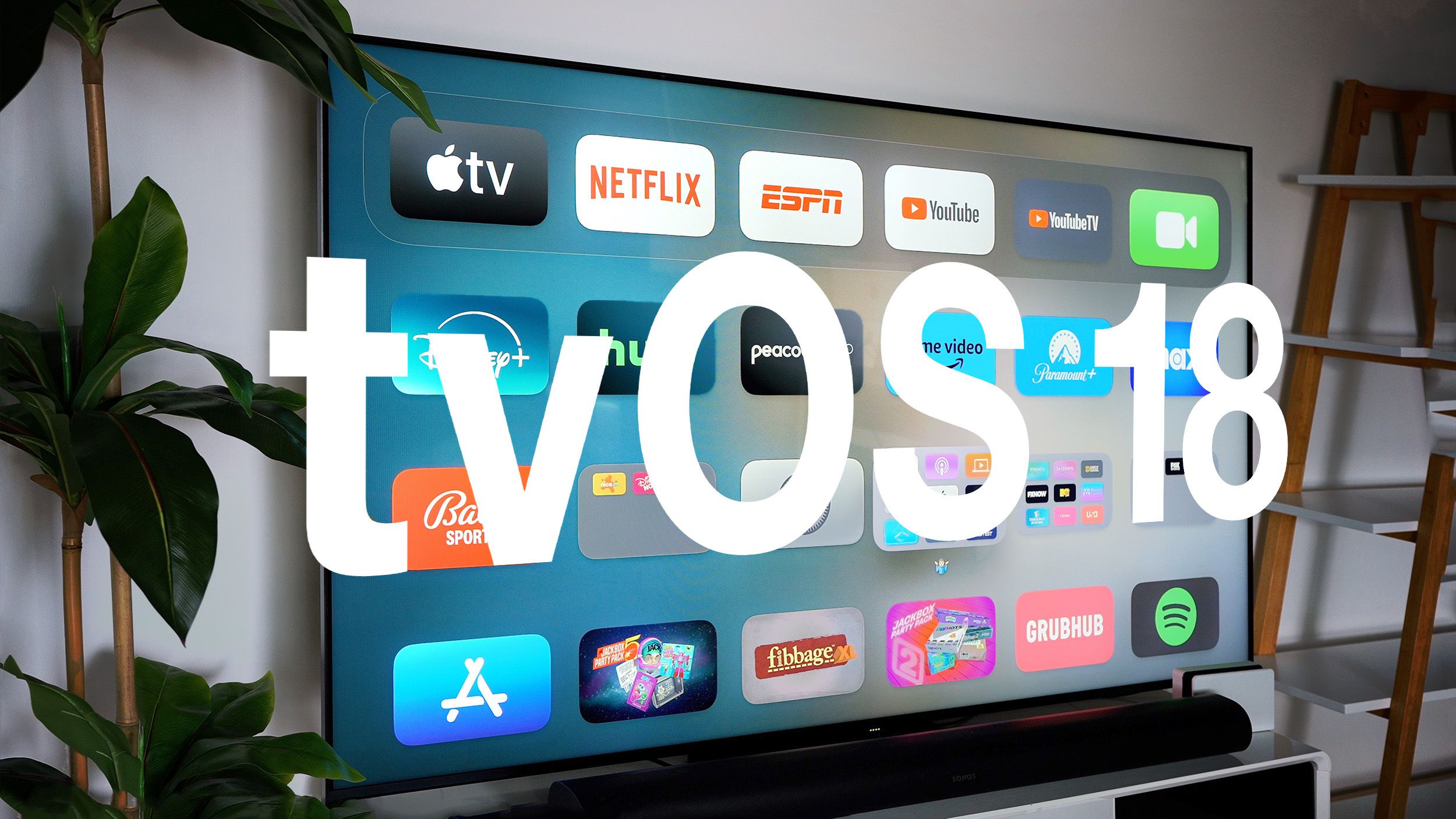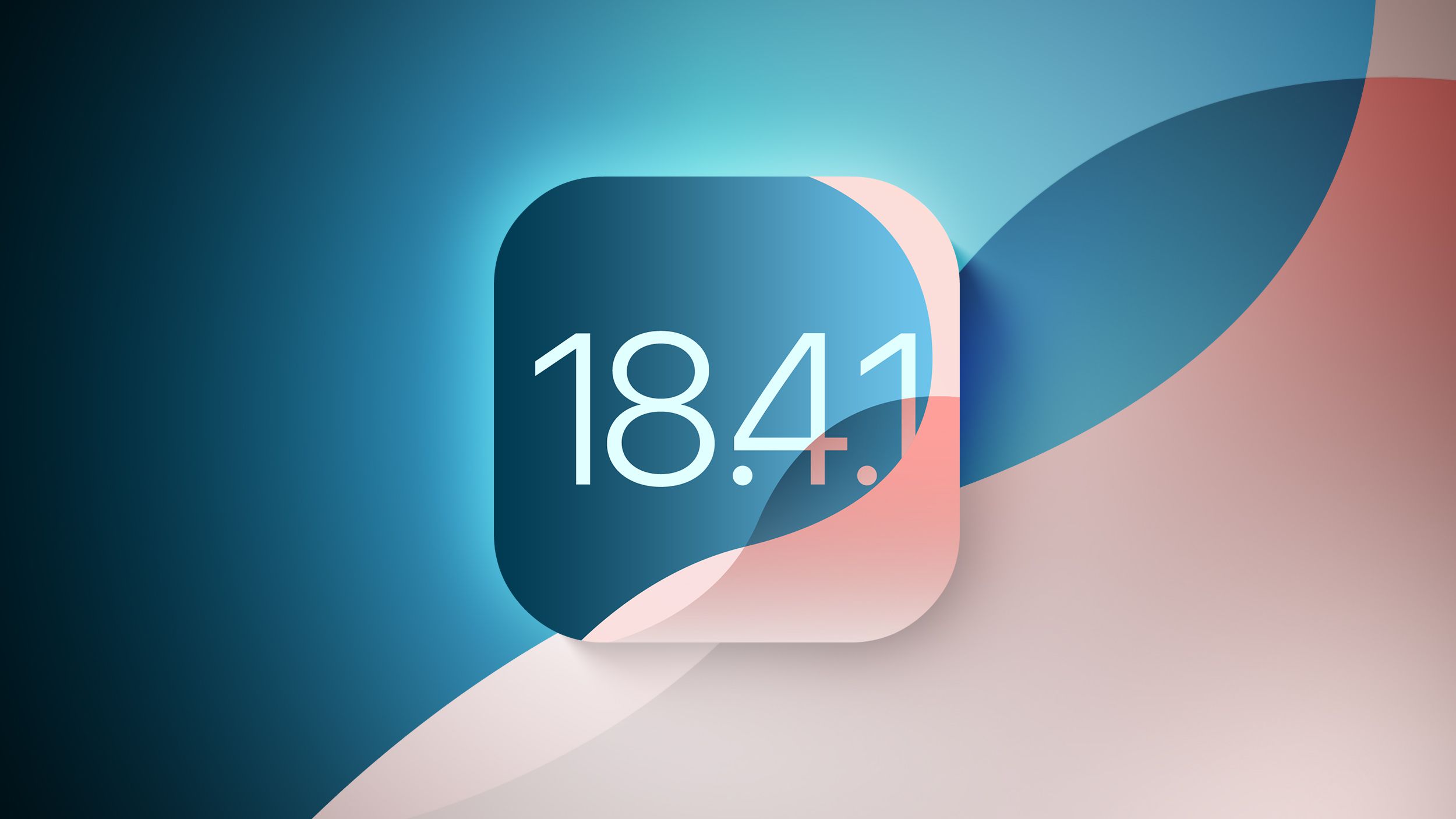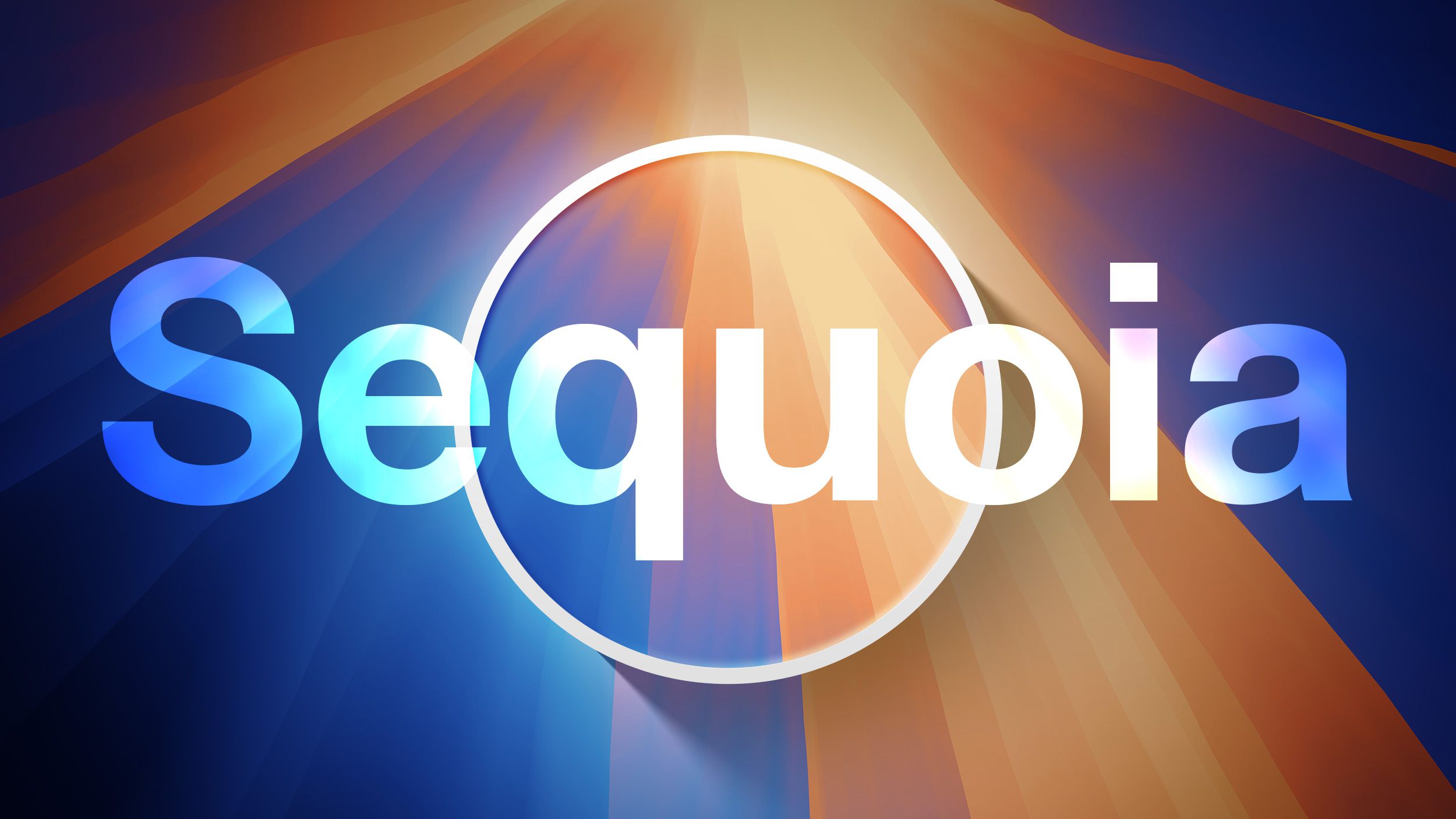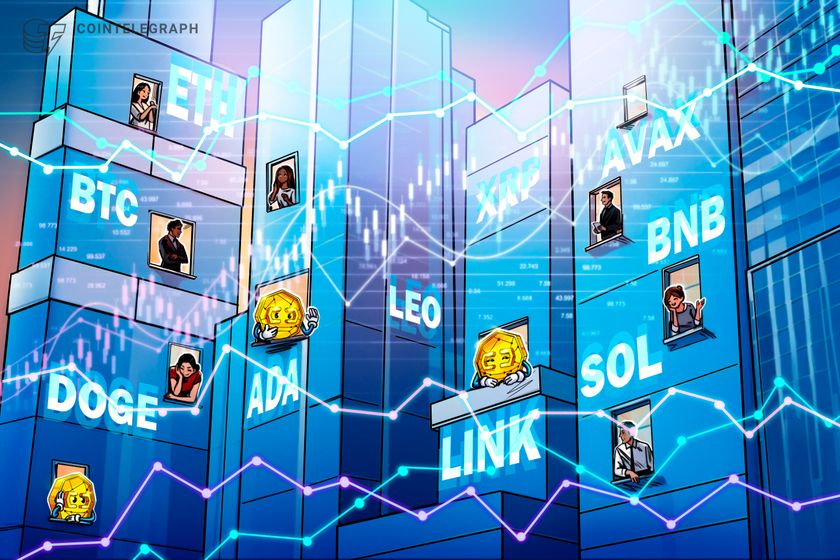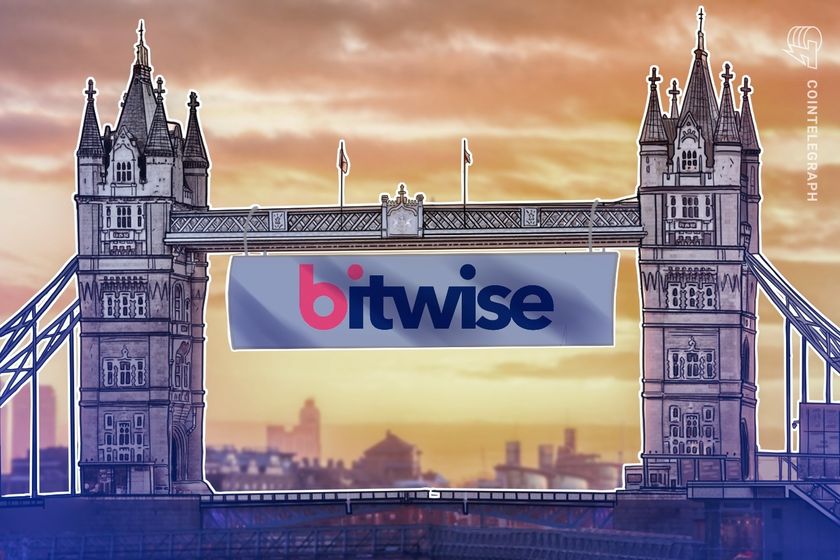What the Timescale License Means for Database Administrators in the Cloud Era
You're responsible for reliability, performance, and compliance. So when a database vendor introduces a custom license, what does that really mean for you? As a database administrator, you’ve got a long list of priorities: uptime, scalability, query performance, cost-efficiency, data governance, vendor relationships—the works. And in this landscape, open-source databases have long been the go-to. They offer freedom, transparency, and control. But now, with the rise of cloud-first everything, we’re seeing a shift: more and more open-source projects are adopting non-OSI licenses—like the Timescale License (TSL). So what is the Timescale License? Why did Timescale adopt it? And most importantly: what does it mean for DBAs like you? Let’s break it down. First, a Quick Primer: What Is TimescaleDB? If you’re not already familiar, TimescaleDB is a PostgreSQL-based time-series database built for scale, speed, and SQL simplicity. It’s widely used for workloads like: IoT metrics Application performance monitoring Financial tick data Sensor streams Infrastructure observability And it powers systems at companies like Comcast, Bosch, Netflix, and DigitalOcean. Why Timescale Introduced a Custom License Back in 2018, Timescale made a move that turned heads: they introduced the Timescale License (TSL)—a source-available license designed to address one specific issue: Cloud providers were monetizing open-source databases without contributing to their development. This isn’t theoretical. AWS forked Elasticsearch into OpenSearch and began offering it as a managed service, sidestepping Elastic entirely. Similar stories happened with MongoDB, Redis, and others. The Timescale License was created to prevent public cloud vendors from offering TimescaleDB as a hosted database service, while still giving everyday users, like DBAs and developers, the freedom to run and modify the software. The Core Principle: No TimescaleDB-as-a-Service Here’s the TL;DR of the license: You can use, deploy, and modify TimescaleDB all you want. You just can’t package and sell it as a managed database service. This matters only if you're in the business of reselling TimescaleDB. If you're using it as part of your infrastructure stack, whether on-prem, in containers, or on the cloud, you're in the clear. Let’s look at this from your perspective. What the Timescale License Means for DBAs ✅ You Can Still Do Your Job. Fully. The TSL allows you to: Run TimescaleDB in your infrastructure (on-prem or cloud) Use all its features—including native compression, continuous aggregates, and time-series tooling Modify the source code for internal needs (bug fixes, patches, extensions) Deploy at any scale, internally or as part of your SaaS product stack As long as you’re not offering a hosted TimescaleDB service to third parties, you’re free to go.
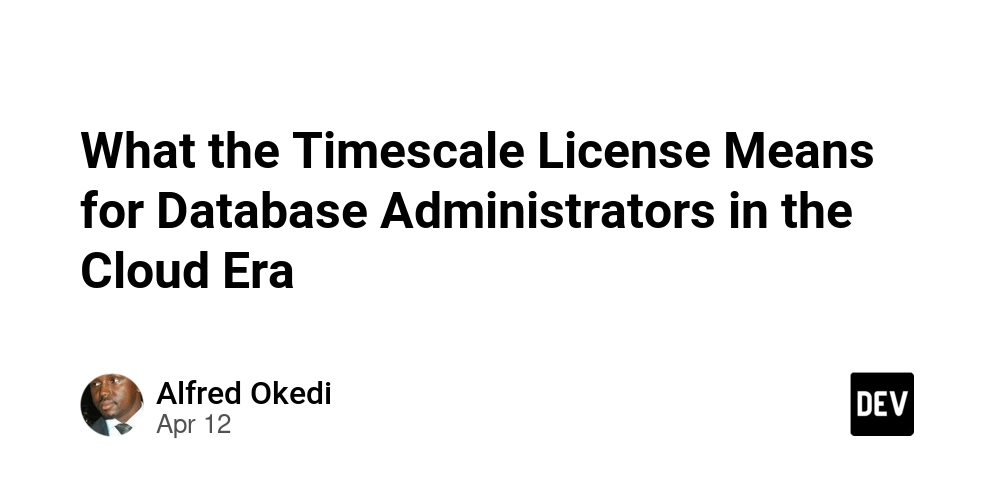
You're responsible for reliability, performance, and compliance. So when a database vendor introduces a custom license, what does that really mean for you?
As a database administrator, you’ve got a long list of priorities: uptime, scalability, query performance, cost-efficiency, data governance, vendor relationships—the works.
And in this landscape, open-source databases have long been the go-to. They offer freedom, transparency, and control. But now, with the rise of cloud-first everything, we’re seeing a shift: more and more open-source projects are adopting non-OSI licenses—like the Timescale License (TSL).
So what is the Timescale License?
Why did Timescale adopt it?
And most importantly: what does it mean for DBAs like you?
Let’s break it down.
First, a Quick Primer: What Is TimescaleDB?
If you’re not already familiar, TimescaleDB is a PostgreSQL-based time-series database built for scale, speed, and SQL simplicity.
It’s widely used for workloads like:
- IoT metrics
- Application performance monitoring
- Financial tick data
- Sensor streams
- Infrastructure observability
And it powers systems at companies like Comcast, Bosch, Netflix, and DigitalOcean.
Why Timescale Introduced a Custom License
Back in 2018, Timescale made a move that turned heads: they introduced the Timescale License (TSL)—a source-available license designed to address one specific issue:
Cloud providers were monetizing open-source databases without contributing to their development.
This isn’t theoretical. AWS forked Elasticsearch into OpenSearch and began offering it as a managed service, sidestepping Elastic entirely. Similar stories happened with MongoDB, Redis, and others.
The Timescale License was created to prevent public cloud vendors from offering TimescaleDB as a hosted database service, while still giving everyday users, like DBAs and developers, the freedom to run and modify the software.
The Core Principle: No TimescaleDB-as-a-Service
Here’s the TL;DR of the license:
You can use, deploy, and modify TimescaleDB all you want. You just can’t package and sell it as a managed database service.
This matters only if you're in the business of reselling TimescaleDB. If you're using it as part of your infrastructure stack, whether on-prem, in containers, or on the cloud, you're in the clear.
Let’s look at this from your perspective.
What the Timescale License Means for DBAs
✅ You Can Still Do Your Job. Fully.
The TSL allows you to:
- Run TimescaleDB in your infrastructure (on-prem or cloud)
- Use all its features—including native compression, continuous aggregates, and time-series tooling
- Modify the source code for internal needs (bug fixes, patches, extensions)
- Deploy at any scale, internally or as part of your SaaS product stack
As long as you’re not offering a hosted TimescaleDB service to third parties, you’re free to go.



















































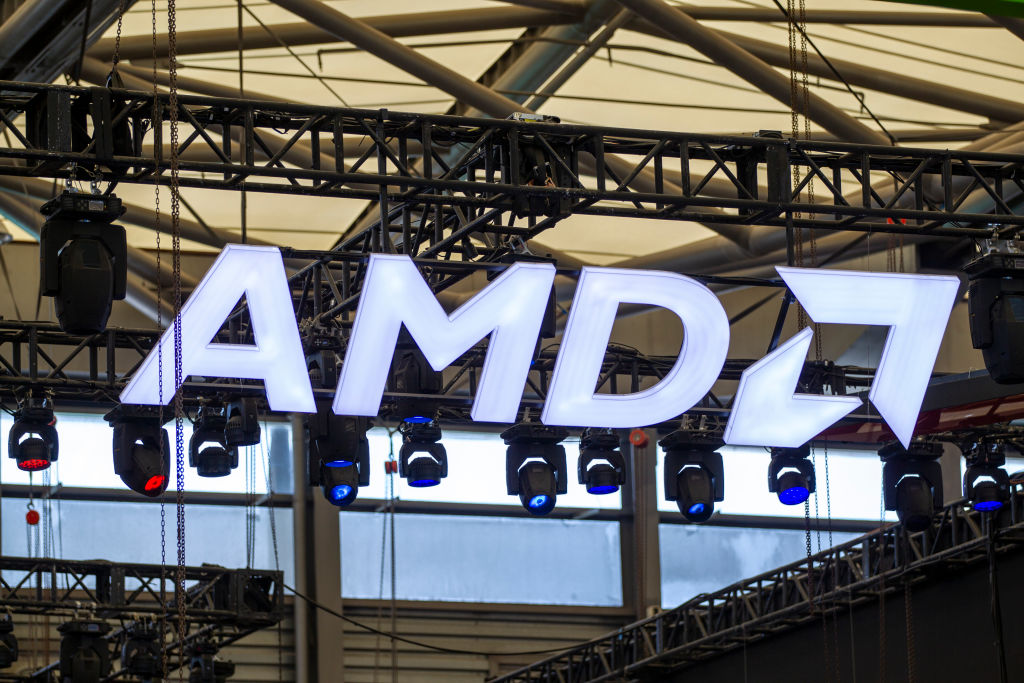






















































































































![[The AI Show Episode 144]: ChatGPT’s New Memory, Shopify CEO’s Leaked “AI First” Memo, Google Cloud Next Releases, o3 and o4-mini Coming Soon & Llama 4’s Rocky Launch](https://www.marketingaiinstitute.com/hubfs/ep%20144%20cover.png)














































































































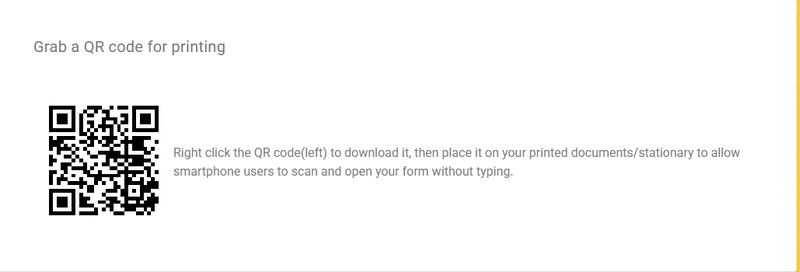

















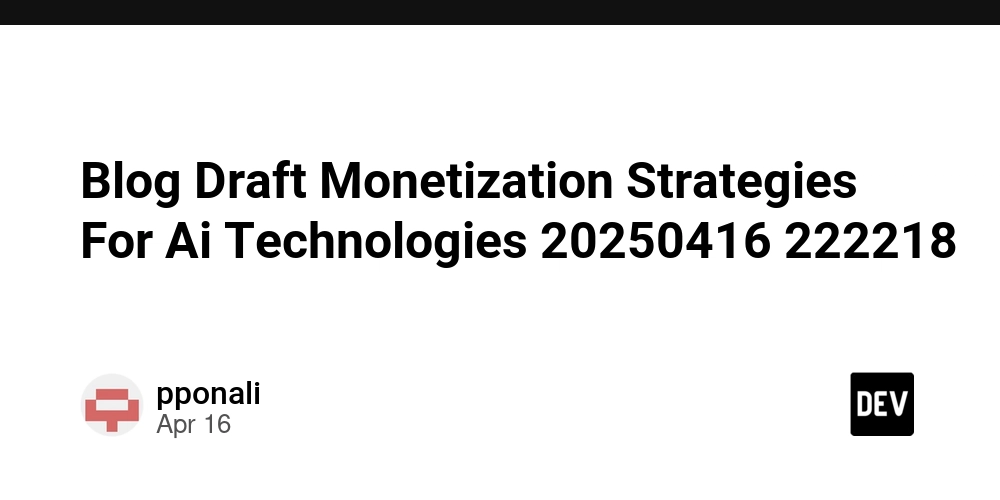

































































![Blue Archive tier list [April 2025]](https://media.pocketgamer.com/artwork/na-33404-1636469504/blue-archive-screenshot-2.jpg?#)


































.png?#)








.png?width=1920&height=1920&fit=bounds&quality=70&format=jpg&auto=webp#)









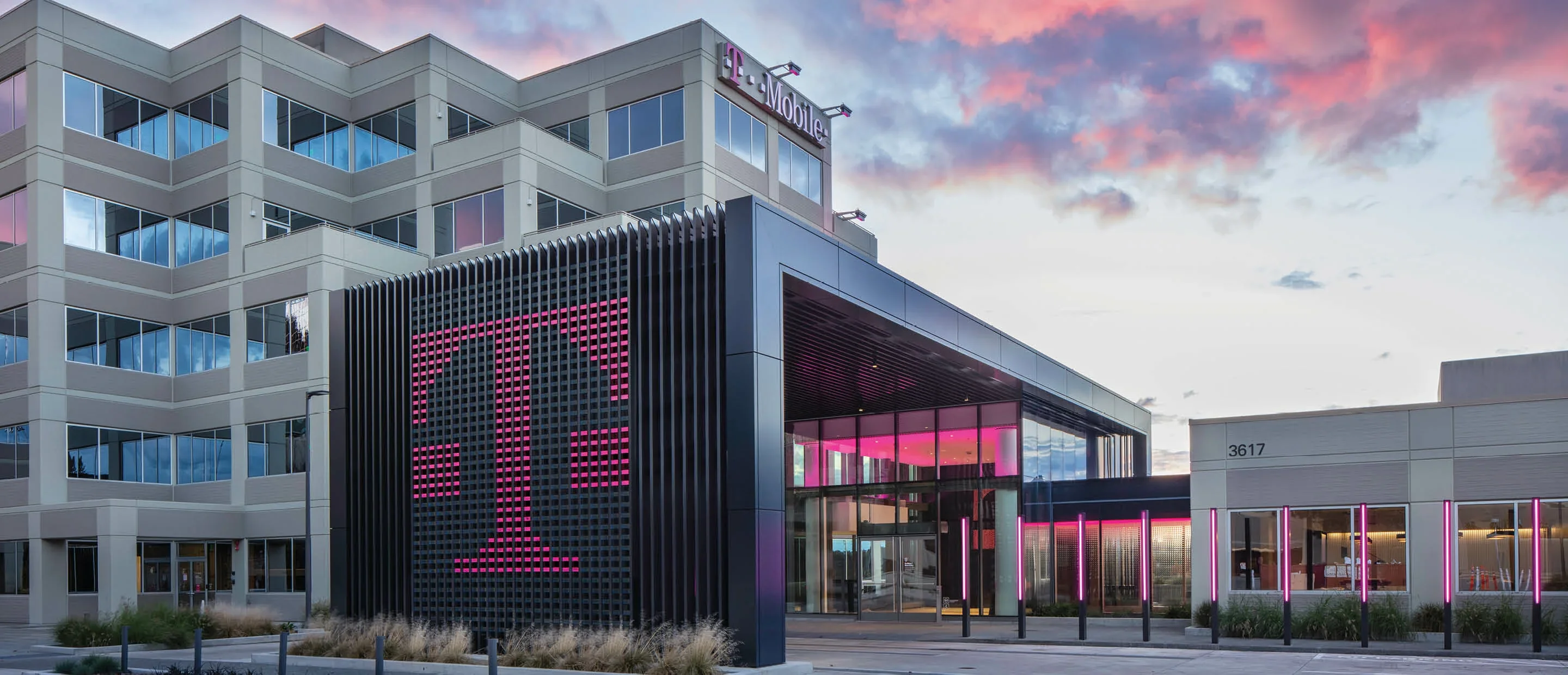
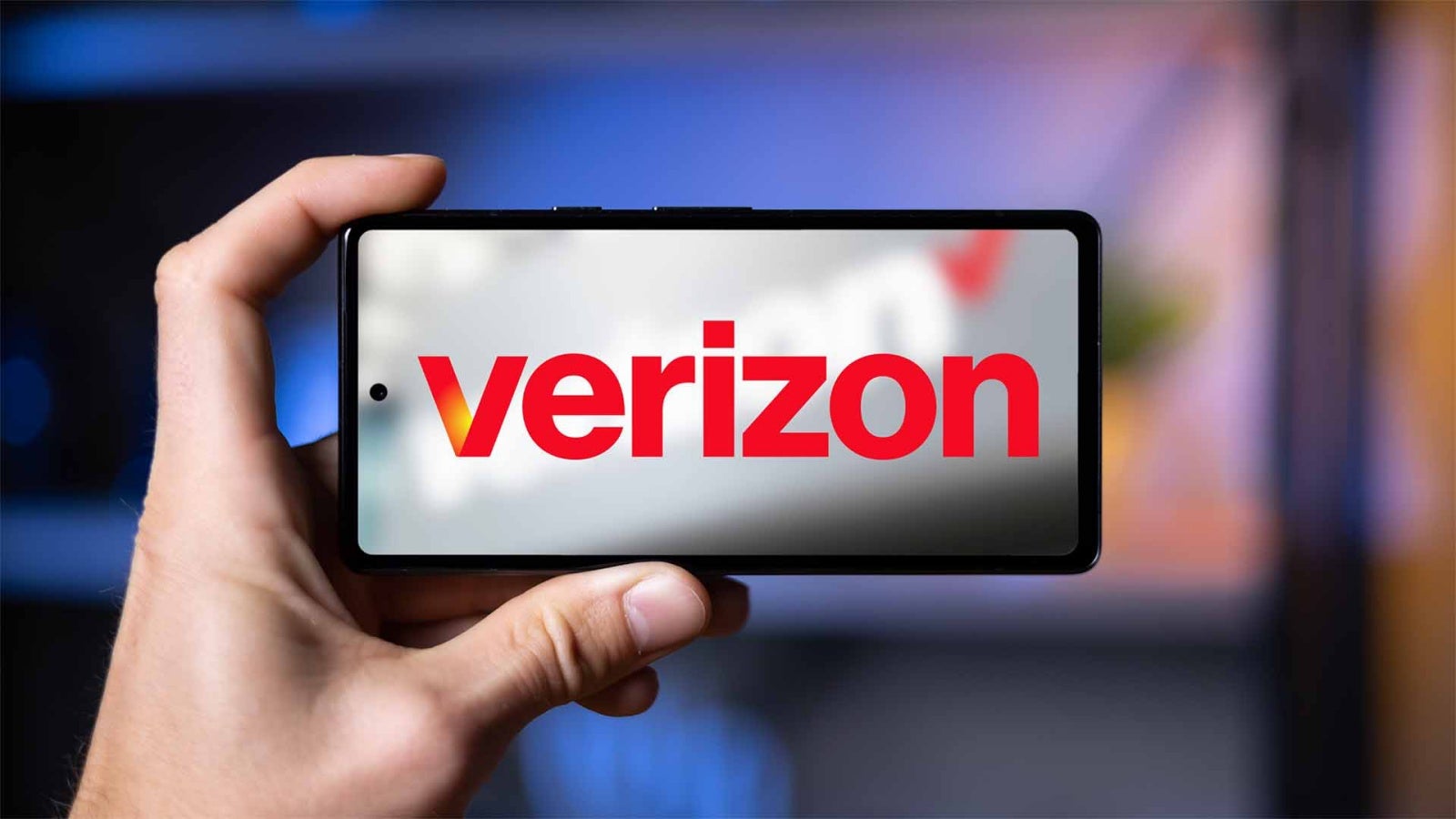












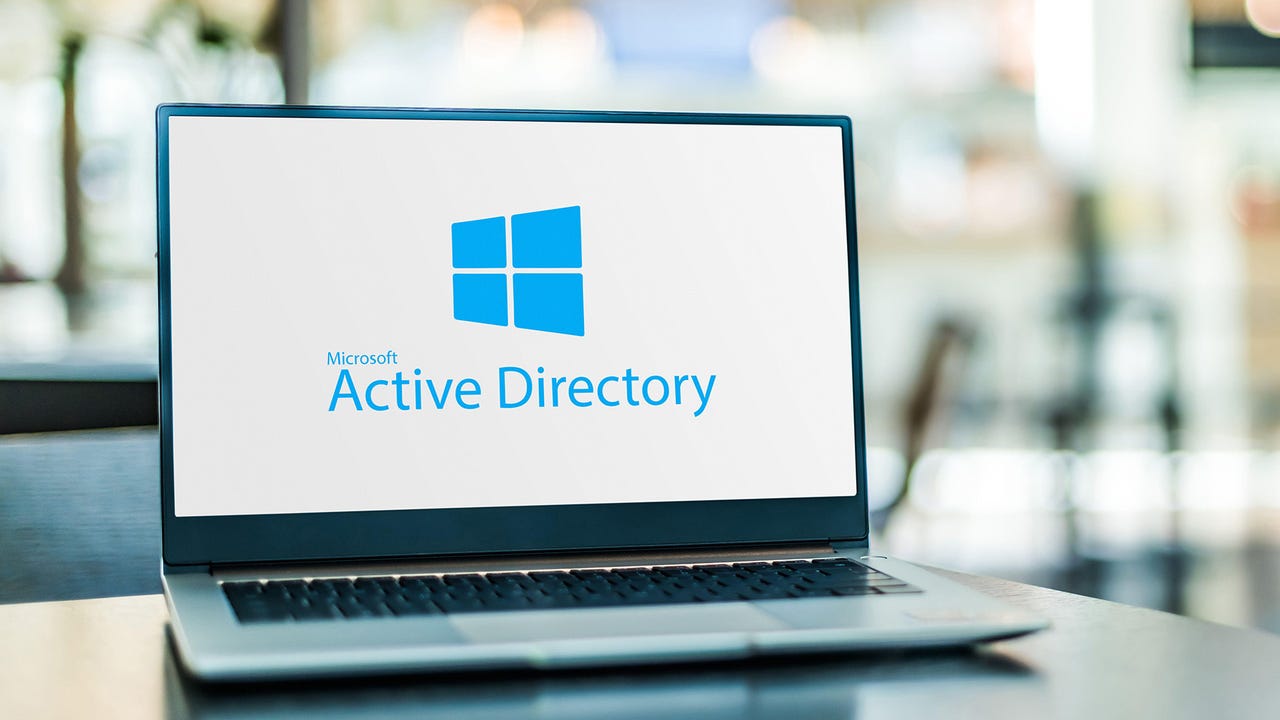



.webp?#)

































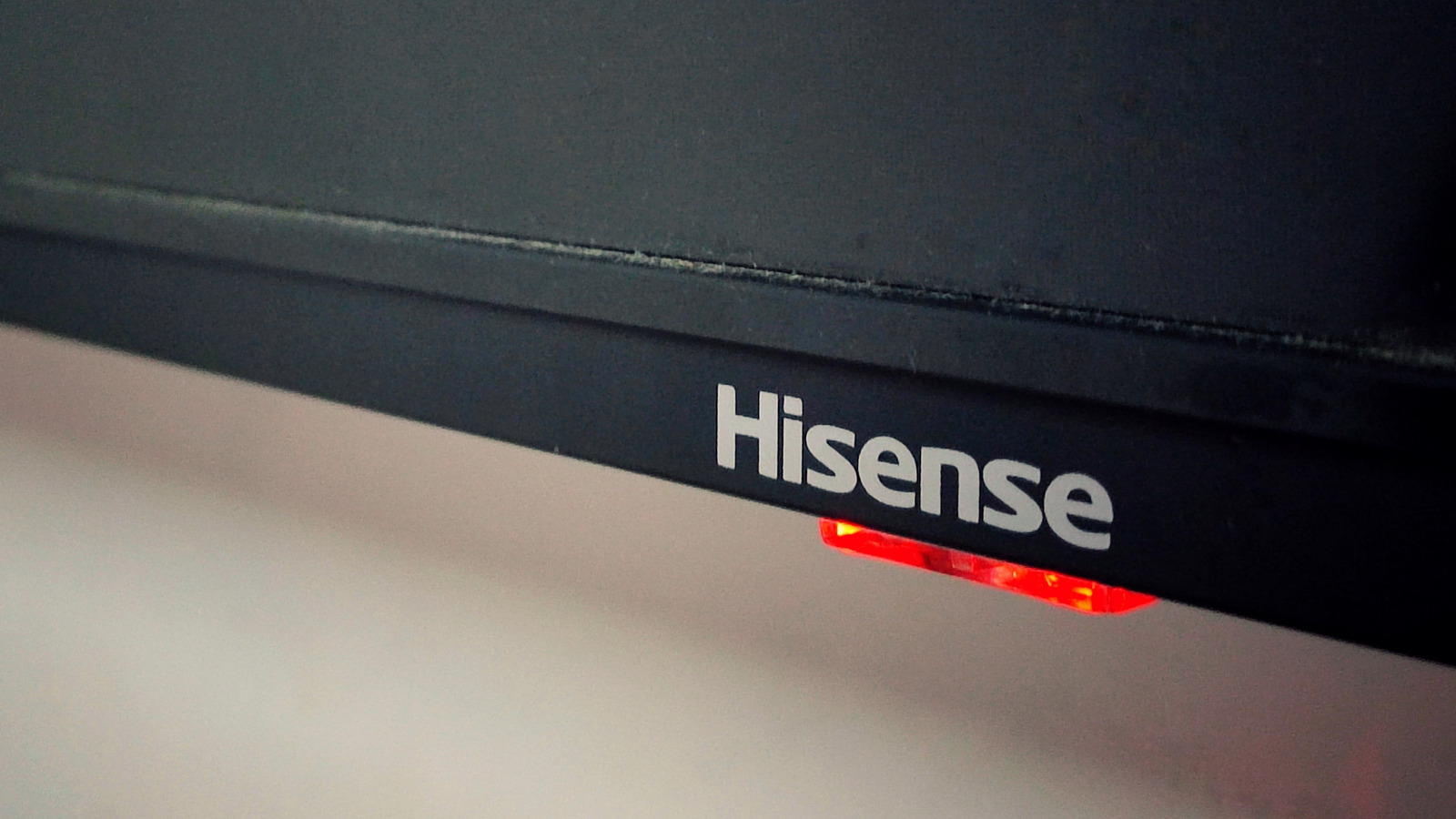






































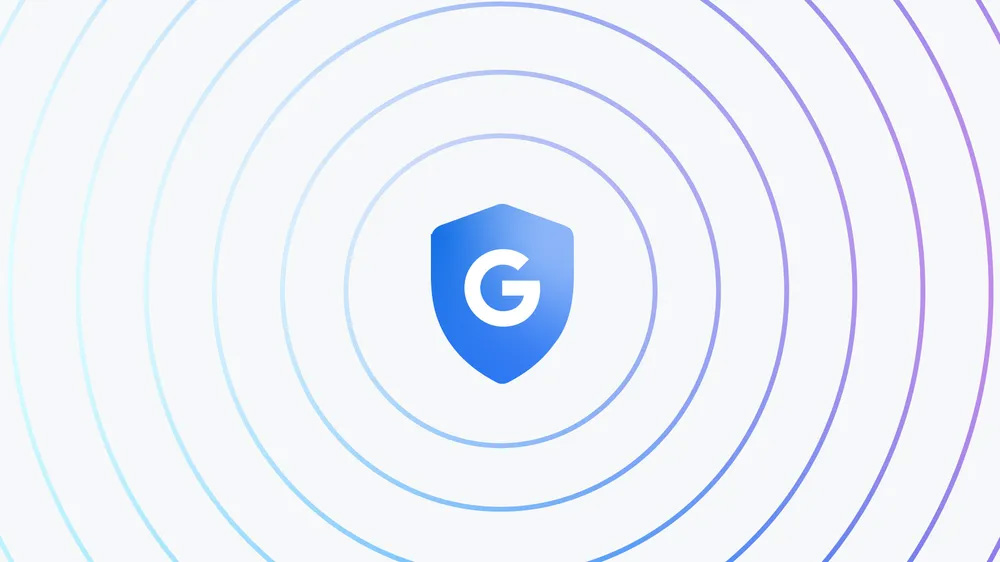

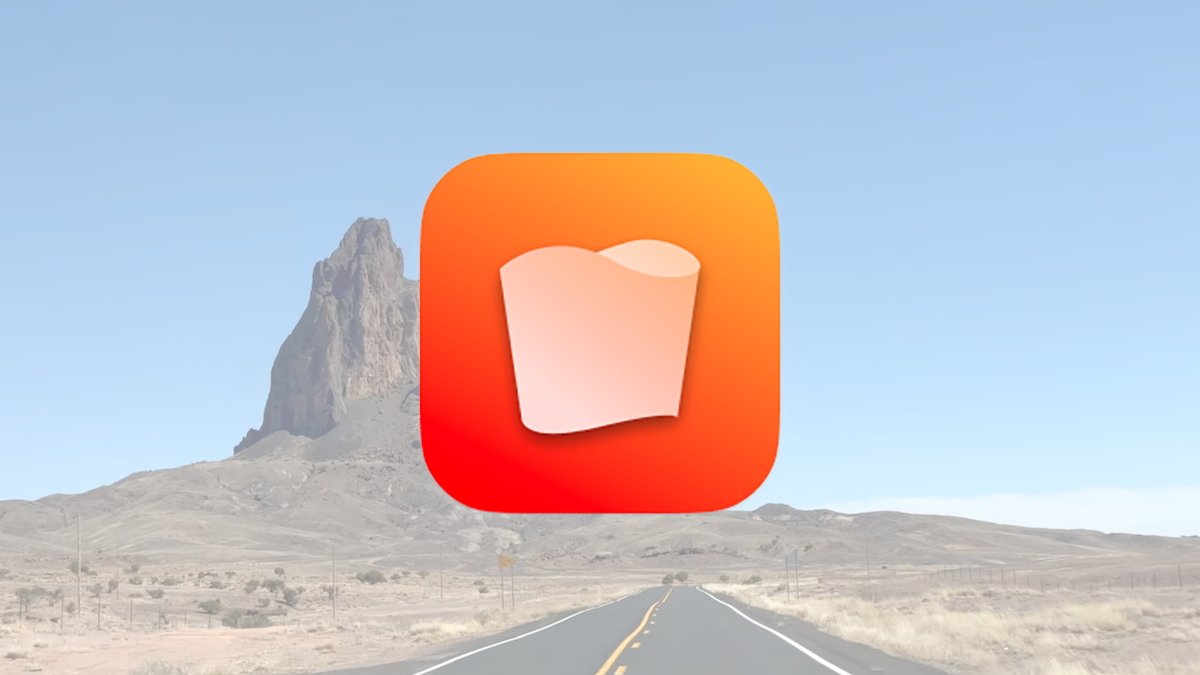


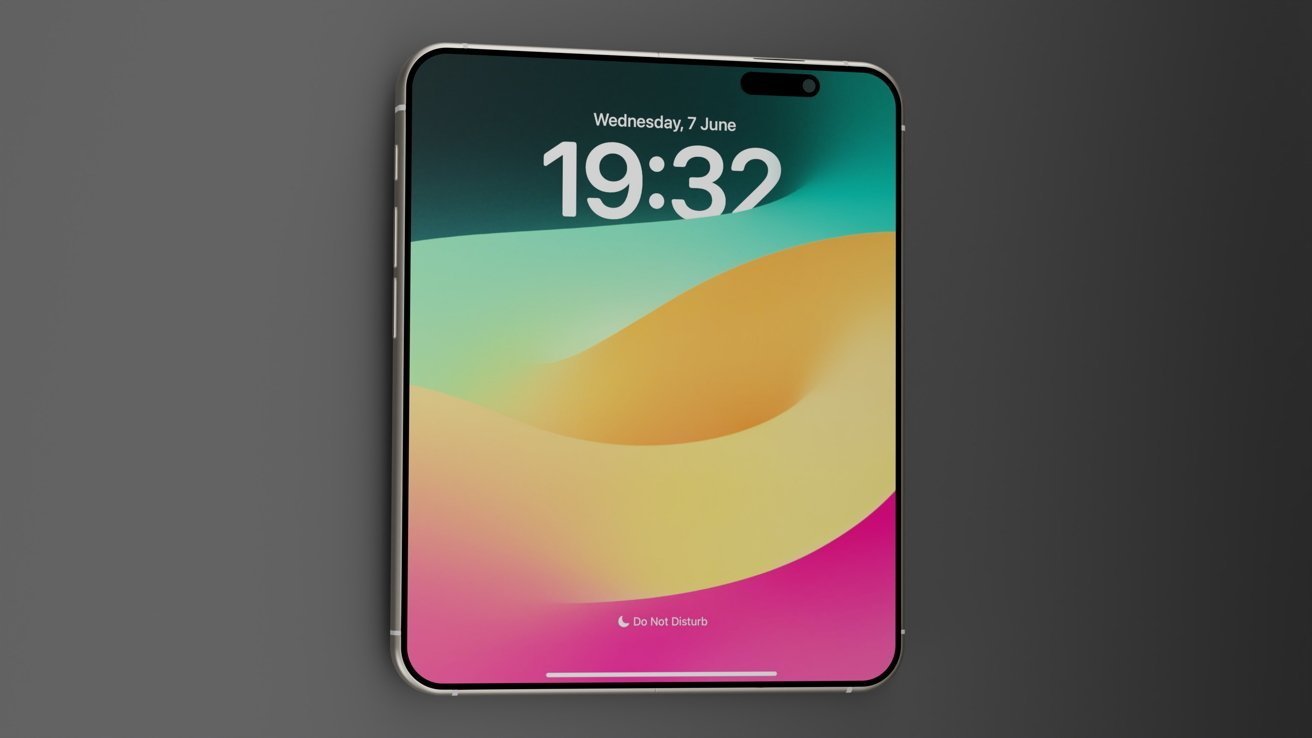





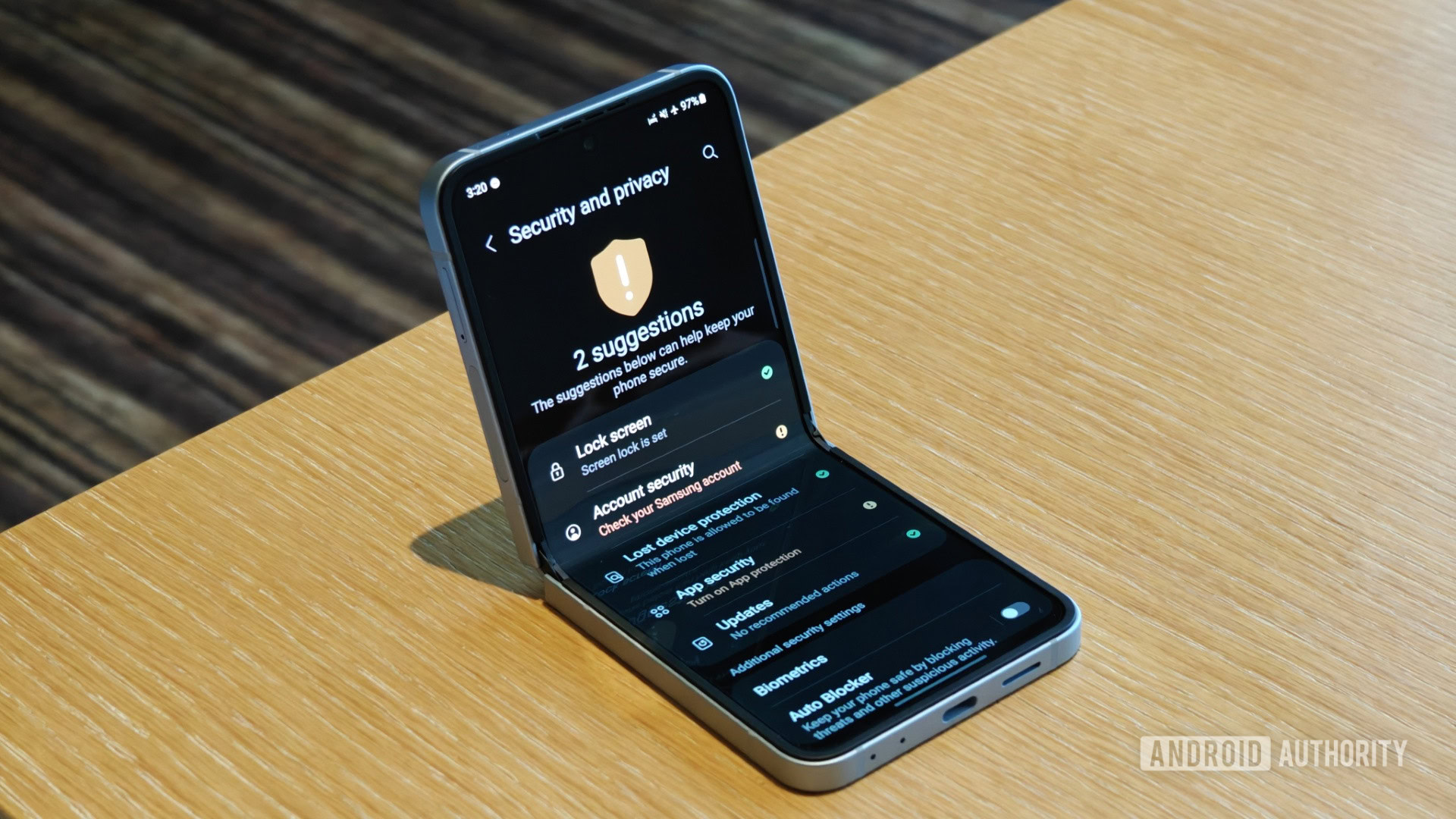

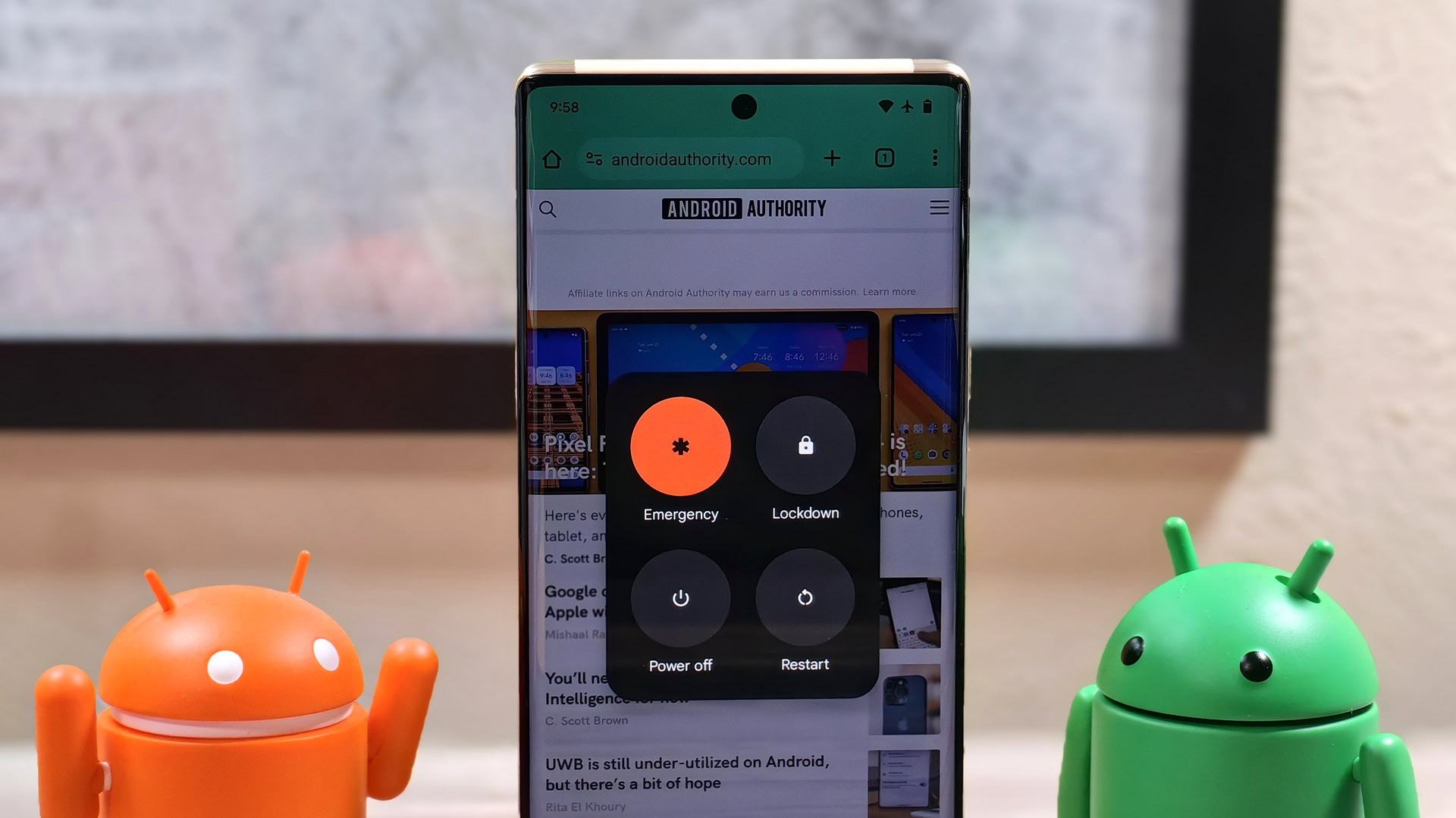



![PSA: It’s not just you, Spotify is down [U: Fixed]](https://i0.wp.com/9to5mac.com/wp-content/uploads/sites/6/2023/06/spotify-logo-2.jpg?resize=1200%2C628&quality=82&strip=all&ssl=1)
![[Update: Optional] Google rolling out auto-restart security feature to Android](https://i0.wp.com/9to5google.com/wp-content/uploads/sites/4/2025/01/google-play-services-2.jpg?resize=1200%2C628&quality=82&strip=all&ssl=1)












![Apple Releases iOS 18.4.1 and iPadOS 18.4.1 [Download]](https://www.iclarified.com/images/news/97043/97043/97043-640.jpg)
![Apple Releases visionOS 2.4.1 for Vision Pro [Download]](https://www.iclarified.com/images/news/97046/97046/97046-640.jpg)
![Apple Vision 'Air' Headset May Feature Titanium and iPhone 5-Era Black Finish [Rumor]](https://www.iclarified.com/images/news/97040/97040/97040-640.jpg)

























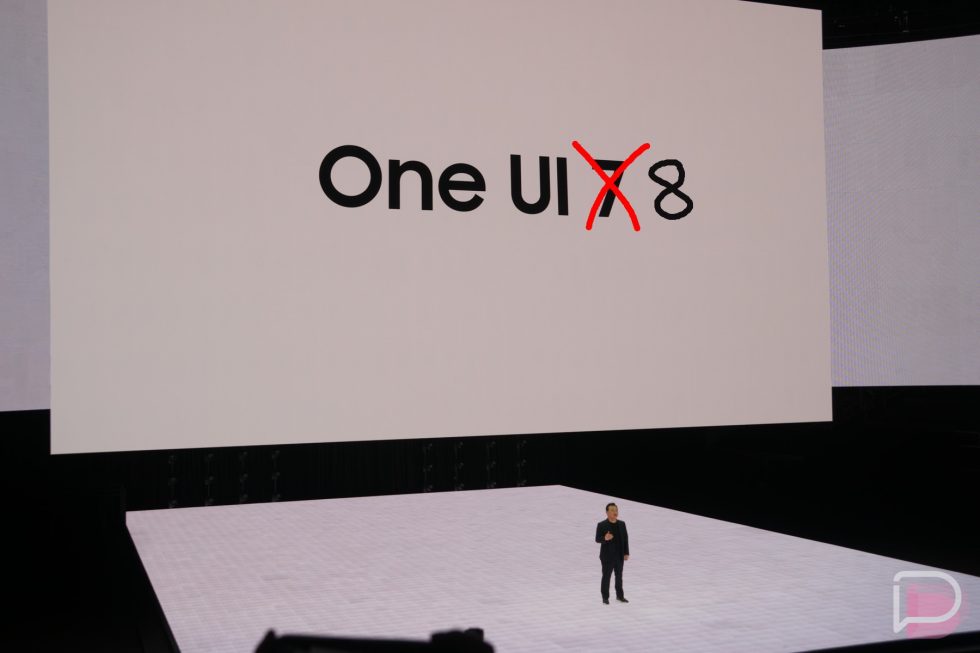








![[Update: Trump Backtracks]The U.S. Just Defunded a Key Security Database, And Your Android Phone Could Pay the Price](https://www.androidheadlines.com/wp-content/uploads/2025/03/Android-logo-AM-AH.jpg)









